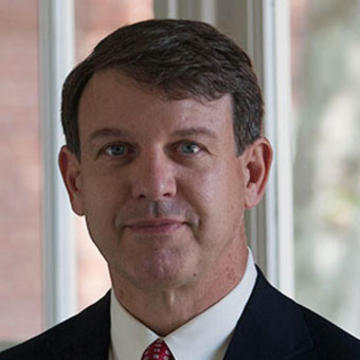The Constitution is anything but eternal
The perpetuation of our political institutions is not assured, Russell Riley argues in The Washington Post
On Feb. 1, 12 days after Donald Trump is inaugurated for the second time, a moment of historical interest will arrive. On that day, Trump will have lived exactly one-third of the lifespan of the American republic.
By my calculations, using the website Howlongagogo.com, Trump will be 28,722 days old. And on that same day, the U.S. Constitution will have been in effect for 86,166 days.
Divide the former by the latter and you get a perfect .3333.
This curious bit of numerology is important not because it casts a spotlight on how old Trump is. That’s been endlessly mooted in the past year.
Rather, this convergence highlights in dramatic fashion how young our model of governance is. The entire run of American constitutionalism, dating back to March 1789 when ratification took effect, can be encompassed in three lifespans. It’s a reminder that what we often consider antique is actually a still-young experiment in the viability of self-government.
The American framers were deeply mindful of the vulnerabilities of a new and untried political order, an experiment that greatly depended on the confidence of the citizenry to succeed. So, they did their best to argue from the start that their handiwork was not wholly new but based on time-tested ideas rooted in the soil of antiquity.
Some of these claims were substantive. The halls of the Philadelphia convention in 1787 echoed repeatedly with usable lessons from the Roman republic and ancient Greece.
But their use of ancient references also worked as subtle marketing. James Madison and his brethren published the Federalist Papers under the nom de plume “Publius” at least in part to convey ancient gravitas to their arguments in favor of the Constitution. In 1793, an ordinary Jenkins’ Hill in the newly created District of Columbia was suddenly renamed after Capitoline Hill, an effort to somehow invoke eternal Rome. Even the federal city’s architecture leaned to the neoclassical. The founding generation — and many that followed it — tried to literally cement a sense of perpetuity to the enterprise.
My worry now is that Americans may have overlearned those lessons. Today, we have come to assume the permanence of our political institutions. And that assumption creates alarming vulnerabilities in two principal forms.
